Auto parts import agents: How to seize opportunities in a $300 billion market?
Amid global automotive industry changes, the auto parts import agency market faces challenges such as technological gaps, supply chain restructuring, and regional certification barriers. Import agency businesses achieve growth through value-added services like technical certification, bonded supply chains, anti-dumping avoidance, and digital customs clearance. In the next five years, establishing technological barriers, deploying regional hubs, developing reverse supply chains, and building data platforms will be key to breaking through. During industry consolidation, investing in technical compliance, obtaining advanced certifications, developing lifecycle management systems, and establishing overseas entities are survival strategies.
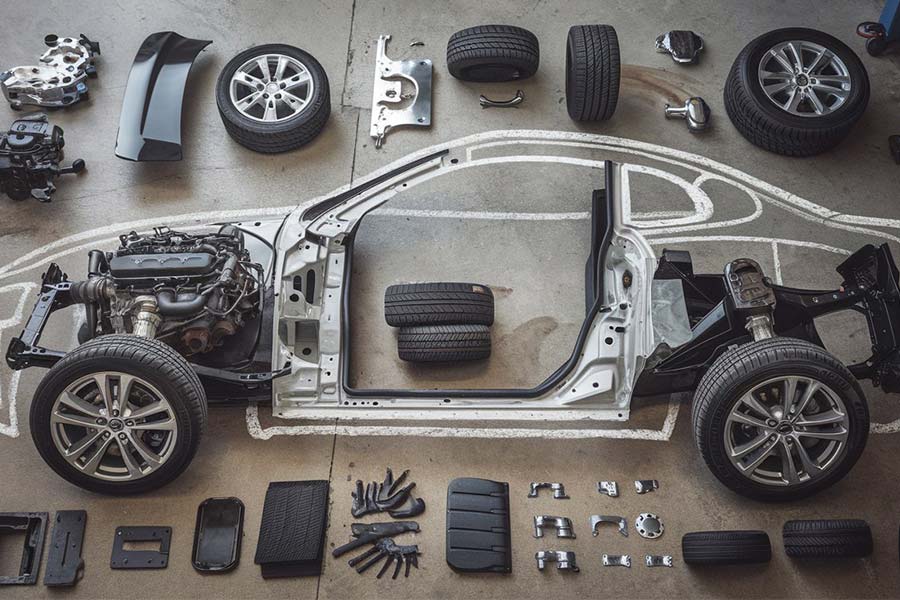
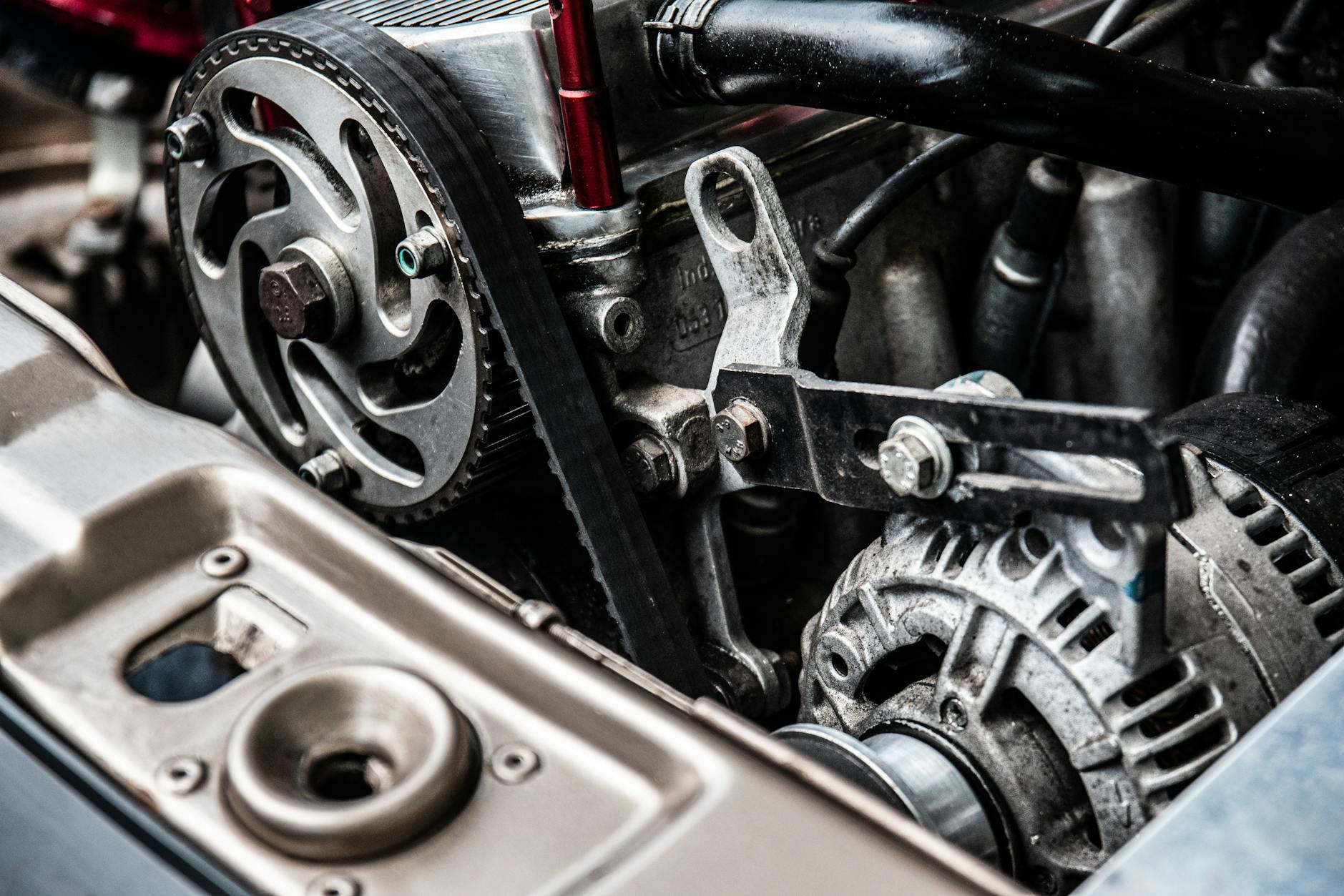
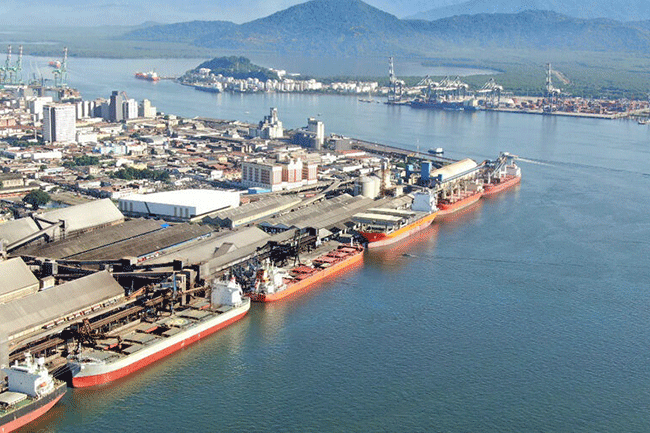
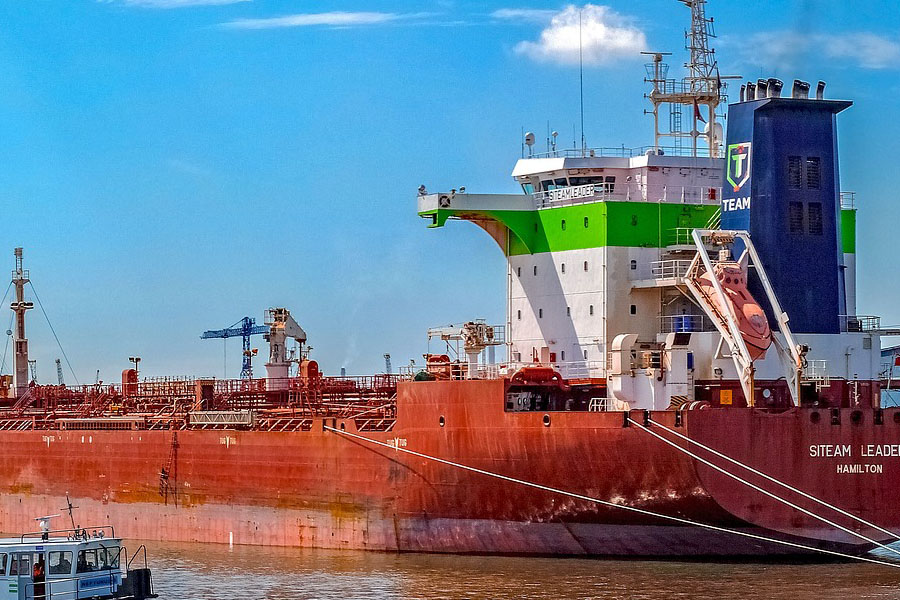
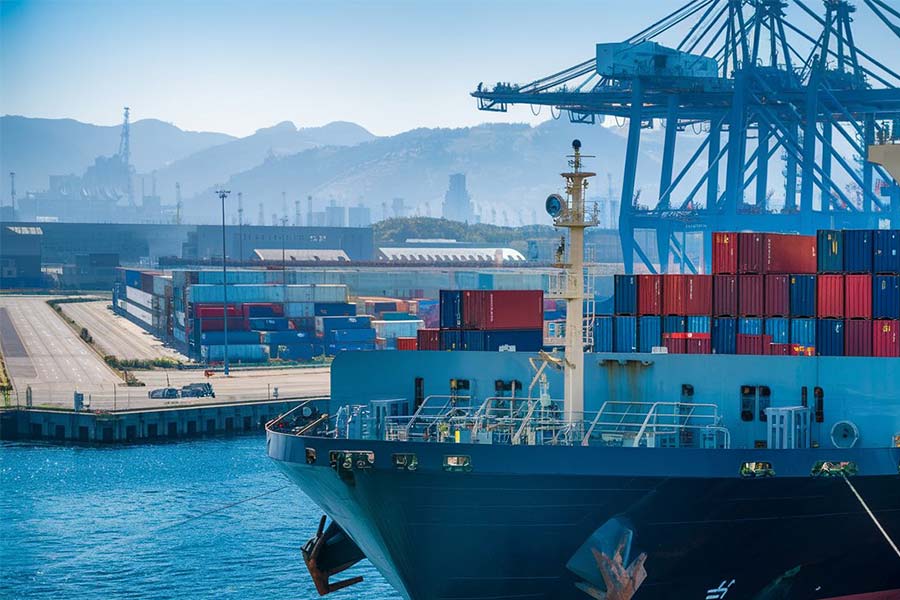

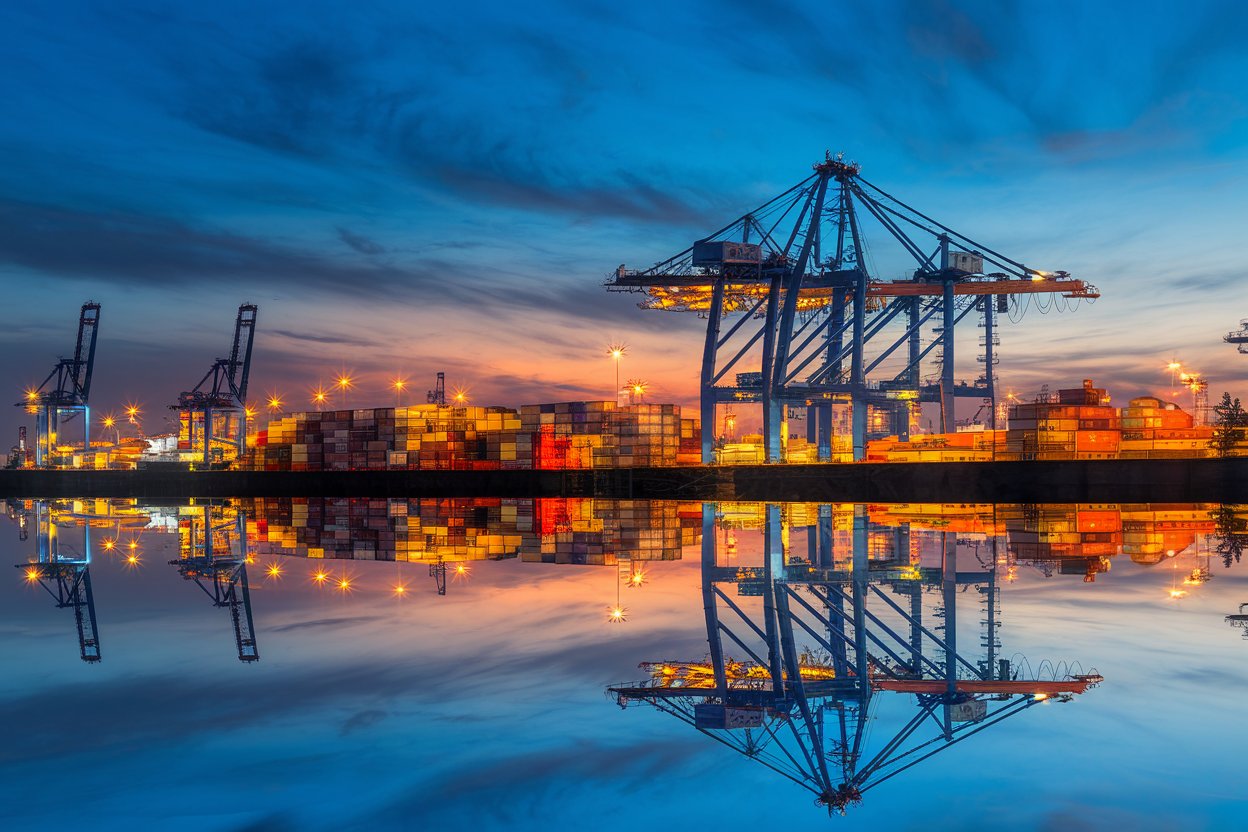
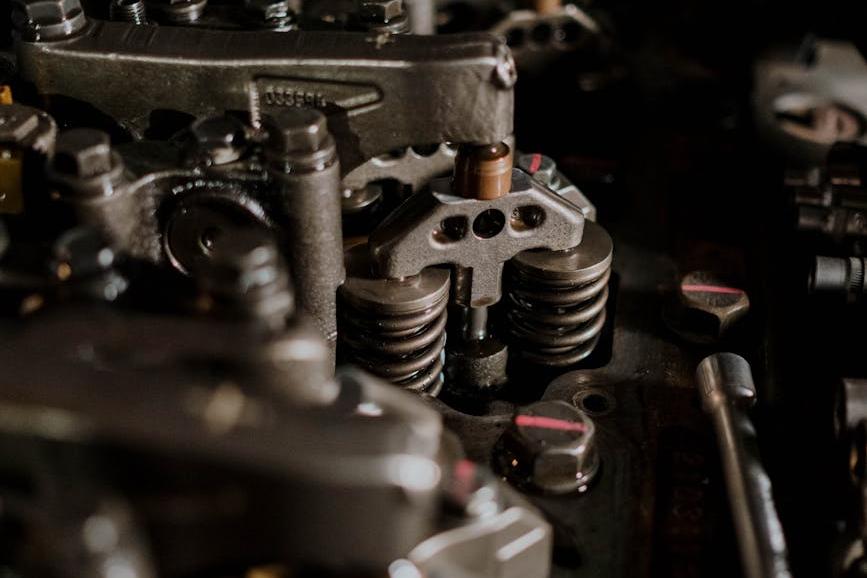
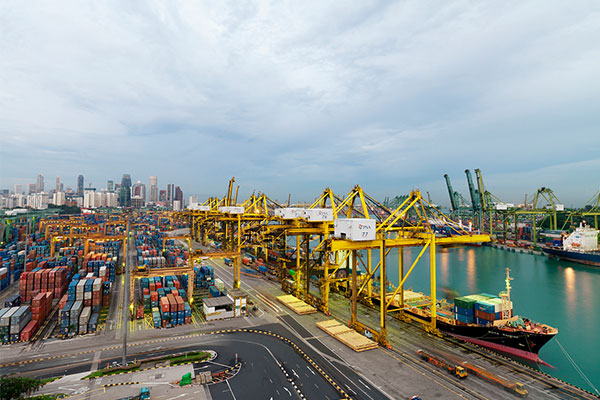
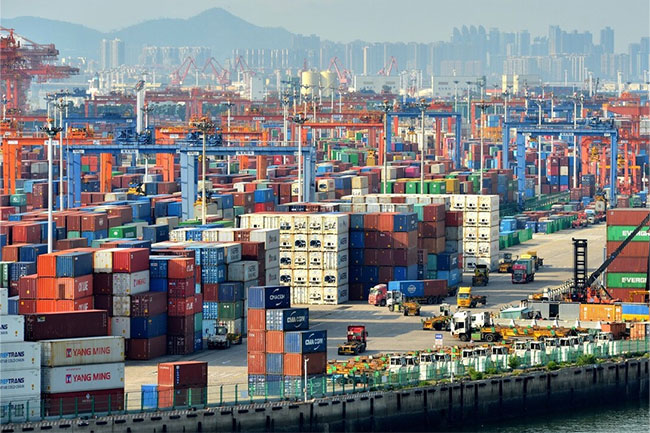
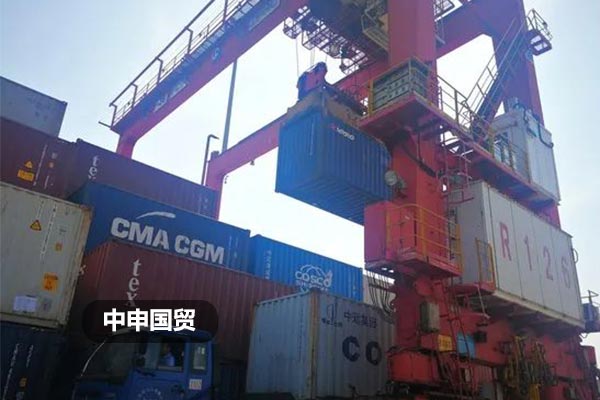
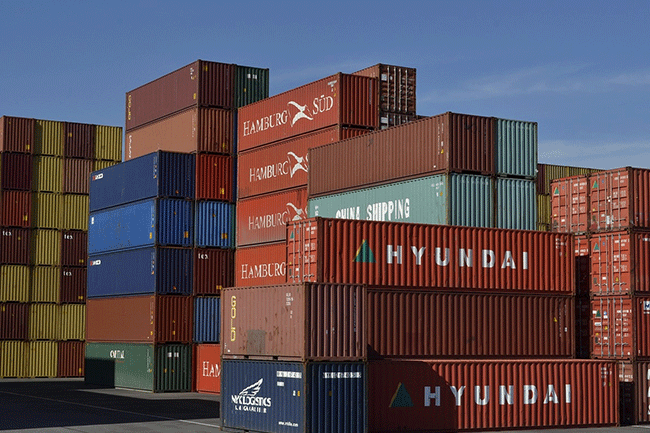
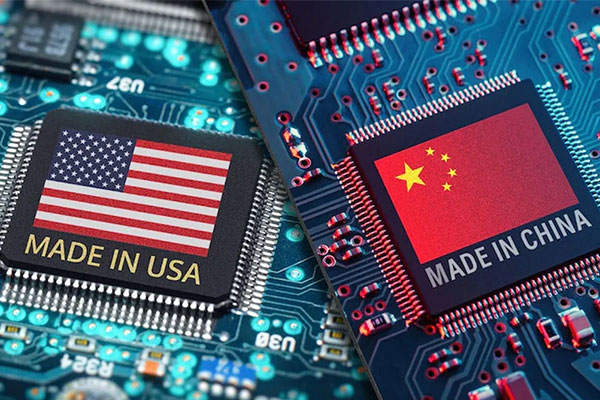

 PSB Record: Shanghai No.31011502009912
PSB Record: Shanghai No.31011502009912



